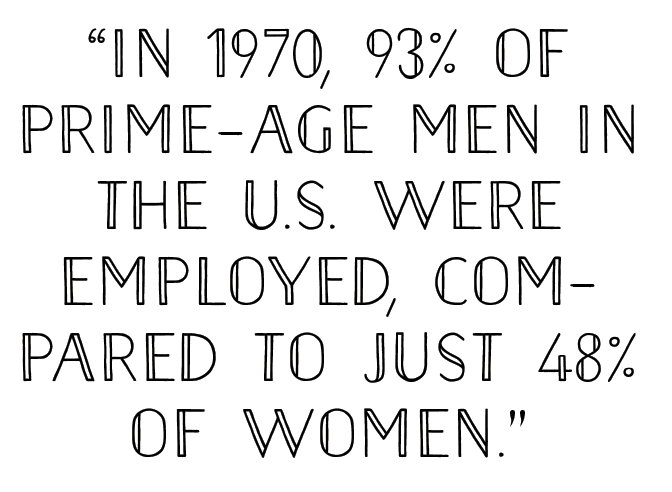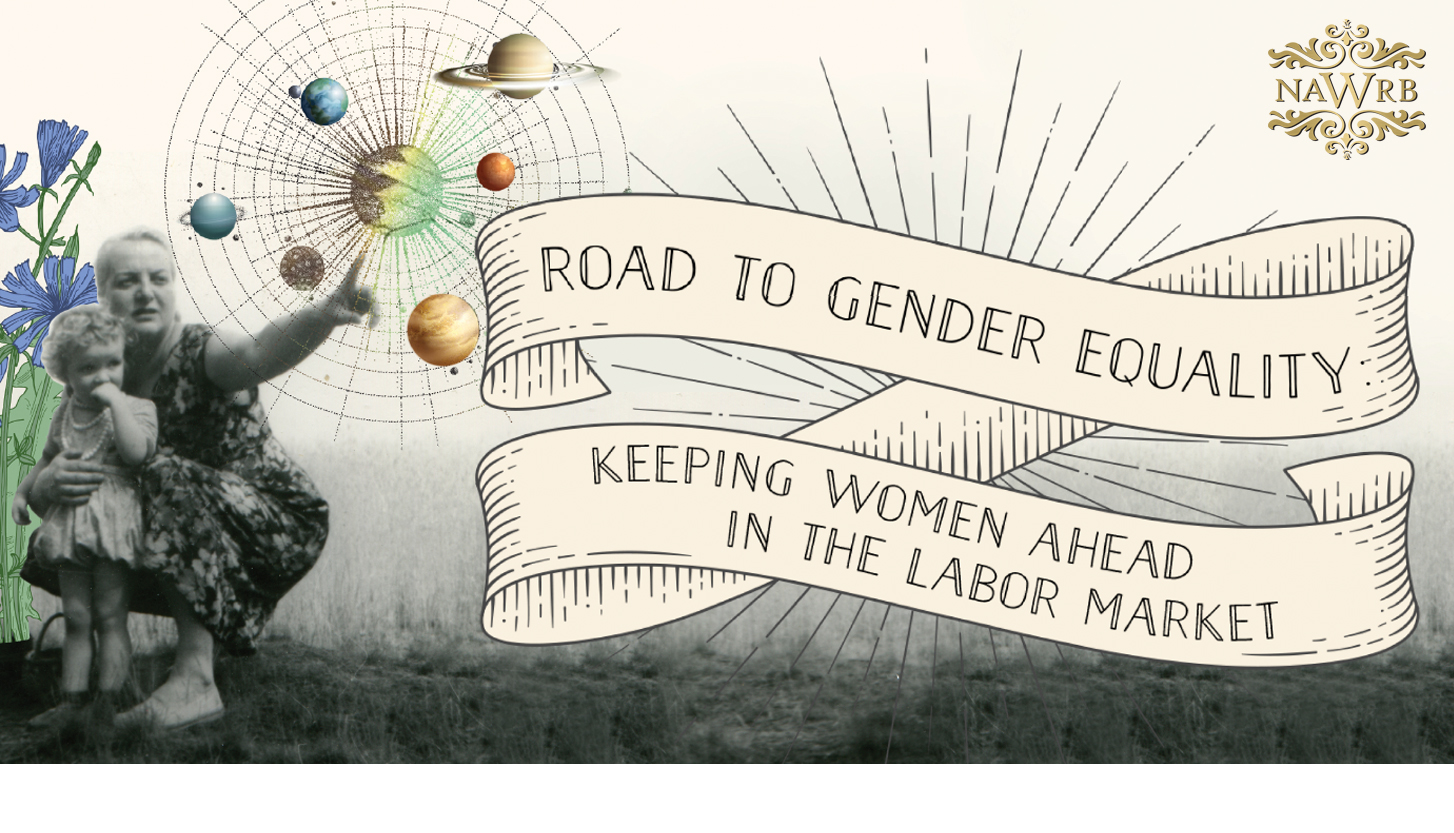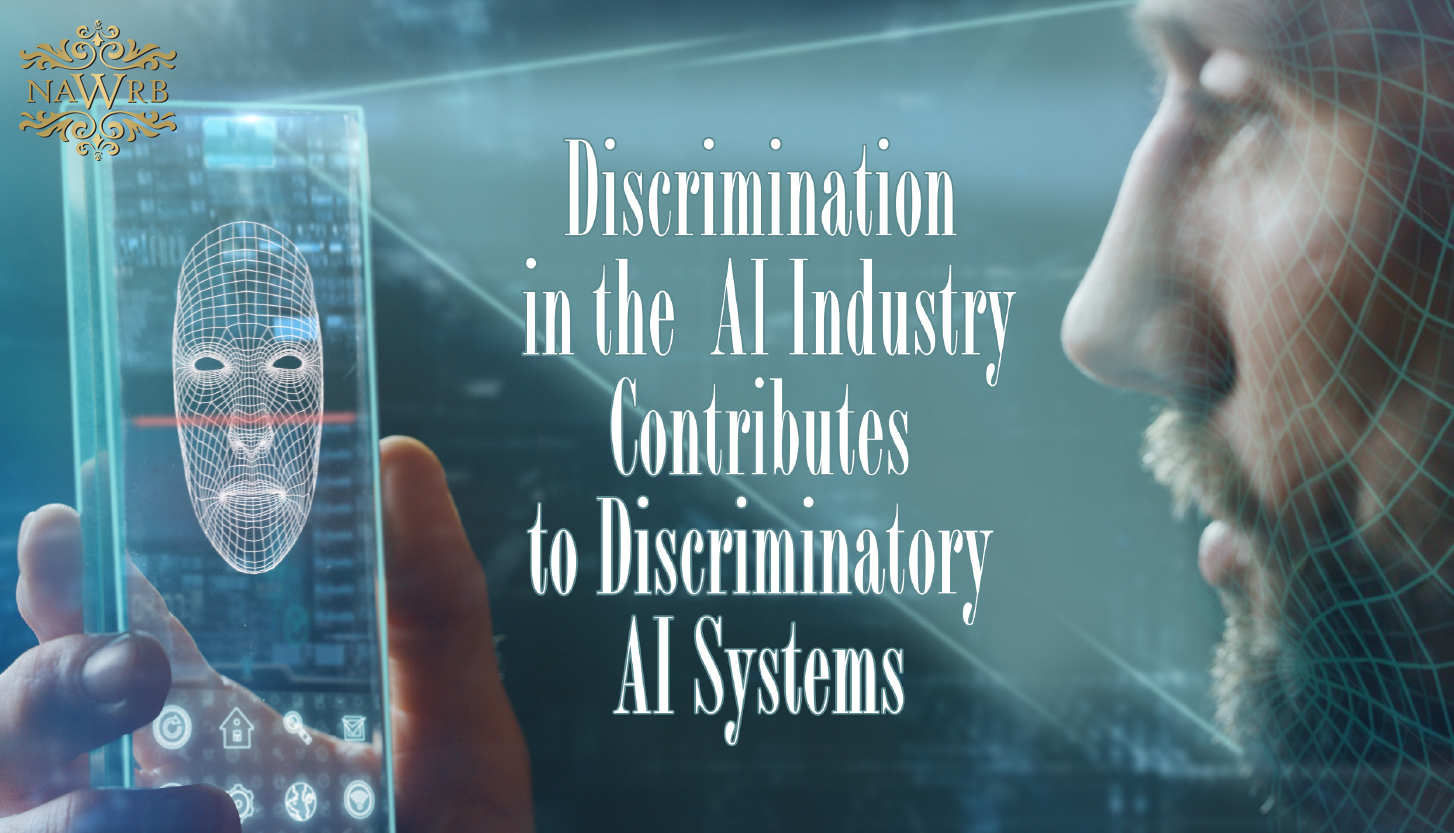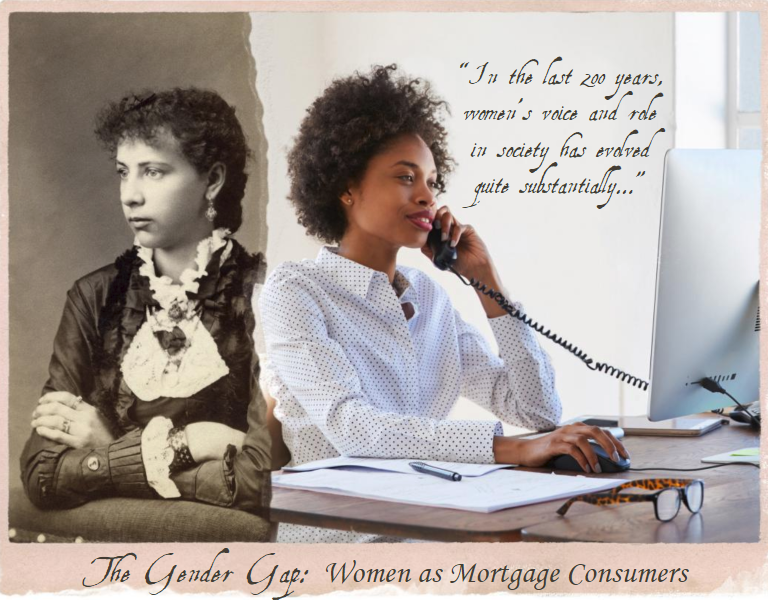The Department of Housing and Urban Development (HUD) introduced a proposal that will affect the 2013 Disparate Impact rule, which created uniform standards for the application of disparate impact, referring to policy that has discriminatory effects despite the intention of the policymakers. In brief, the new rule will place the burden of proof onto the plaintiff in housing discrimination cases, which could make such lawsuits more difficult.

Know an Incredible Woman Preserving the
Quality of Life During COVID-19?
Submit your story today!
Read More

Consulting & Branding Opportunities
Grant your business access to insider,
proven knowledge to improve the quality of your procured
services and maximize business performance.

If you need D&I
Contact Us!
A Team Focused on Bring Diversity and Inclusion to Every Level
Learn More

#1 Top Real Estate Influencer
Desiree Patno
Diversity & Inclusion, Quality of Life, Know the Rules of the Game ®
Your Next Event
Grow Your Business
NAWRB: An SBA Resource
NAWRB is listed as a women-owned business resource for the SBA.
Check It Out
NAWRB Aging Population
Help Protect Elders
from Financial Abuse
Over $36.5 billion a year is lost annually in the U.S.
Prevent Financial Abuse

Women's Homeownership:
Dream. Stability. Sanctuary.
Life often presents us
with unplanned disruptions.

AI Technology
with
a Human Touch
Is
The Perfect Balance


NAWRB Women's Global Resource Center
A women’s depository for vendors & clients to grow their diverse spend & increase women’s employment at all levels within the housing ecosystem.

Tag Archives: Discrimination
Road to Gender Equality – Keeping Women Ahead in the Labor Market
For enturies, women have faced injustice and fought for equality to men. Examples of this are in the fight for women’s suffrage beginning in the late 1800s, the inability for women to serve on a jury pre-1919 or for a single woman to open a bank account in her own name as little as roughly 50 years ago. Being a woman has not been seen as advantageous, at least from a historical standpoint. In regards to the workforce, it wasn’t until 1975 that the Sex Discrimination Act made it illegal to discriminate against women in work, education and training.
Even from that point, women still faced difficulty competing with their male counterparts in acquiring better positions and, despite the Equal Pay (Amendment) Act of 1983 allowing women to be paid the same as men for work of equal value, equal pay has still been an issue for some time.
 Yet, with all the struggle of women for equality, in recent years women—specifically Millennial women—have surged ahead of many of their male counterparts. Nearly 60 percent of all college students are women, demonstrating a growing gender gap (in favor of the female) in higher education—often times considered the “ticket” to a high-paying job.
Yet, with all the struggle of women for equality, in recent years women—specifically Millennial women—have surged ahead of many of their male counterparts. Nearly 60 percent of all college students are women, demonstrating a growing gender gap (in favor of the female) in higher education—often times considered the “ticket” to a high-paying job.
Continue reading →
Discrimination in the AI Industry Contributes to Discriminatory AI Systems
A new report from New York University’s AI Now Institute titled Discriminating Systems: Gender, Race and Power in AI highlights the diversity crisis in the Artificial Intelligence (AI) sector and its effect on the development of AI systems with gender and racial biases.
The lack of diversity in the AI sector and academia spans across gender and race. Recent studies show that women comprise only 15 percent of AI research staff at Facebook and 10 percent at Google. Women make up 18 percent of authors at leading AI conferences, while more than 80 percent of AI professors are men. Representation of other minorities is also sparse. Only 2.5 percent of Google’s workforce is black, while this is true of 4 percent for both Facebook and Microsoft.
According to researchers, AI’s lack of diversity extends past the underrepresentation of women and other minority groups to power structures and the creation and use of various AI systems. Most of all, the report suggests that historical discrimination in the AI sector needs to be addressed in tandem with biases found in AI systems.
Continue reading →
HUD Sues Facebook for Violating Fair Housing Act
The Department of Housing and Urban Development (HUD) is suing Facebook for violating the Fair Housing Act by “encouraging, enabling and causing housing discrimination” when it allows companies to use their platform to shield who can see certain housing ads.
The Gender Gap: Women as Mortgage Consumers
In the last 200 years, women’s voice and role in society has evolved quite substantially in the United States and around the world. The mortgage industry is no exception. As first-time homebuyers, women face patterns of discrimination. These discriminatory lending patterns, in violation of many regulations including those promulgated by the U.S. Department of Housing and Urban Development (HUD) and the Federal Housing Administration (FHA), limit women from becoming homeowners and result in fair lending violations, regulatory actions and litigation against lenders.
As regulatory requirements in the mortgage industry have tightened, lenders are taking note that discrimination is having an adverse effect on the mortgage industry and our economy as a whole. In some cases, programs are being established to target specific categories of women in the market that are faced with discriminatory obstacles. Yet, there is much more that needs to be done.
Continue reading →

 Login
Login








